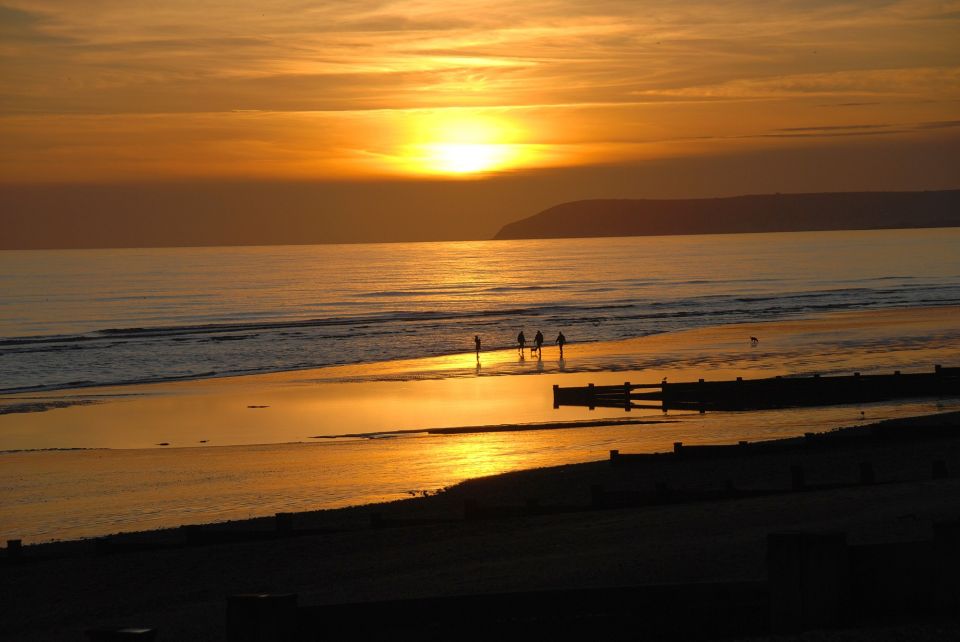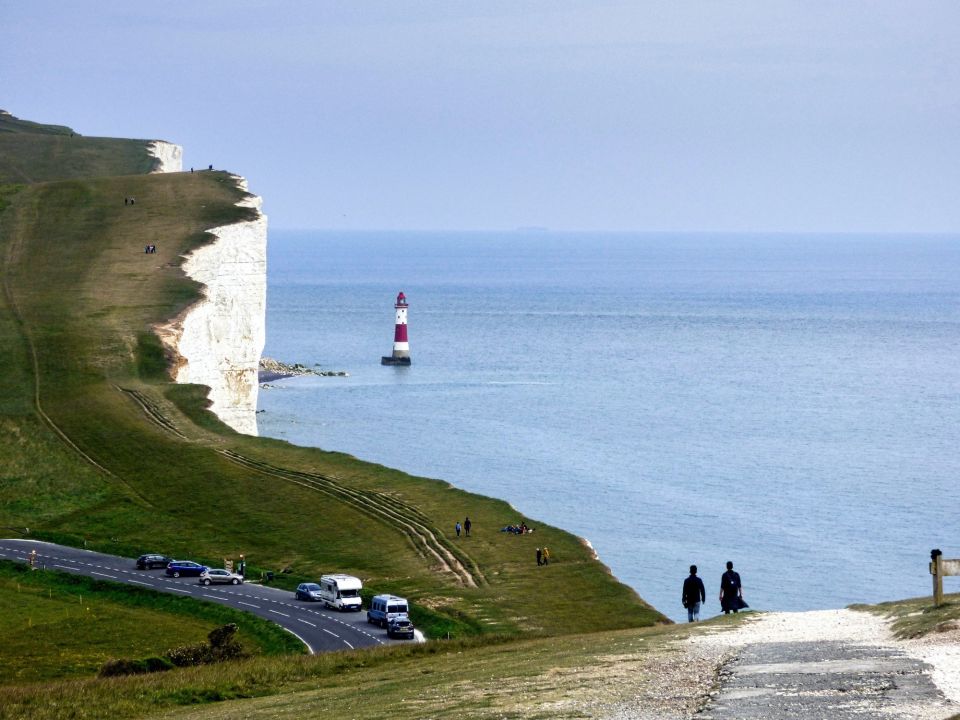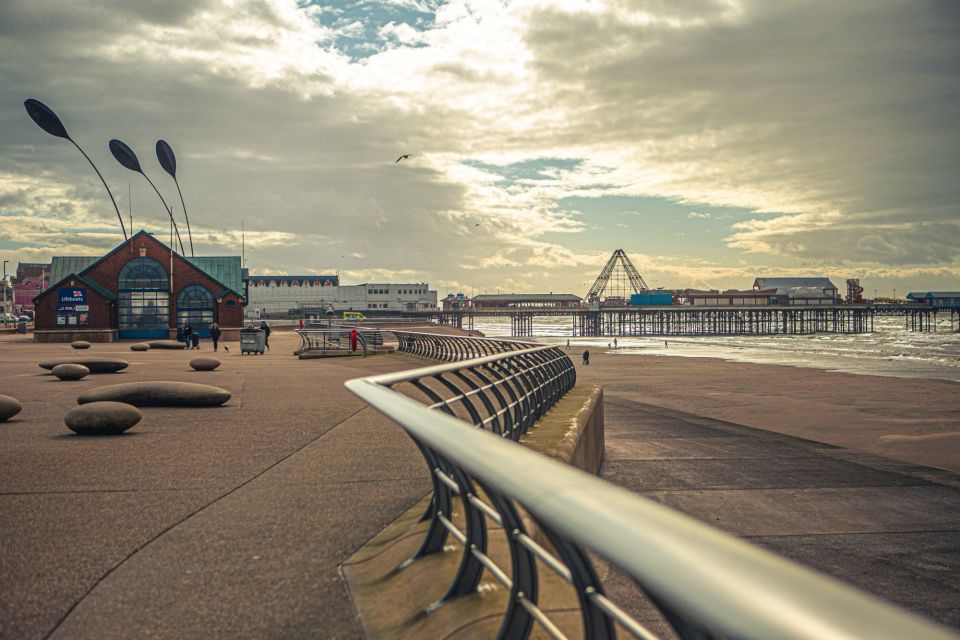How trees can help against extreme weather in coastal areas


Despite seaside towns and cities being an important part of our British summer, they are at risk of being left behind as in-land cities expand. Due to a variety of factors, such as councils' lack of capacity and funding cuts, coastal health and socioeconomic deprivation is high.
There is also a strong correlation between social deprivation and low tree canopy cover, which is a measure of environmental deprivation. This suggests that coastal communities are vulnerable to a host a factors, varying from unemployment to extreme weather conditions.
Environmental deprivation is an important factor when discussing the extreme weather the UK has been experiencing now more than ever before. In 2022 alone, the UK has faced record-breaking temperatures of over 40ºC. Due to the climate crisis, extreme heat and weather conditions will become more common across the country, with specific implications for coastal and in-land towns and cities as they become ‘urban heat islands’.
An urban heat island refers to how built up areas get much hotter than the surrounding countryside, particularly at night. This occurs when the high levels of concrete, pavements and buildings in towns and cities absorb and retain the heat from the day, creating localised warming. With 80% of the UK population living in an urban area, the majority of us will continue feeling the direct effects of these urban heat islands.


Alongside the urban heat island effect, which city-dwellers have already felt the effects of during July and August this year, other extreme weather conditions have been forecasted following abnormal heatwaves, such as extreme rainfall resulting in coastal, river and drain flooding. One in six homes are at risk of flooding and recent Met Office annual reports state that sea levels are rising at a much faster rate than a century ago, putting coastal towns and cities at high risk.
Heatwaves and flooding are a reminder of how crucial urban trees are in our towns and cities. In fact, by planting trees strategically across urban areas, the air can be cooled between 2ºC - 8ºC. This is even more important for coastal places as many cities are below the minimum 15% canopy cover due to local authorities lacking the capacity and resources to replace or increase tree stock.
30%
That's how much rainfall intercepted by trees is evaporated back into the atmosphere without touching the ground.

Trees absorb water and then release it as water vapour through their leaves in a process called evapotranspiration, which produces a cooling effect. Tree cover also provides shade for the ground and buildings, resulting in further cooling and less energy usage, and leaves intercept rainfall, slowing down the rate at which flooding occurs.
Urban trees also store less heat and energy than many impermeable surfaces found in metropolitan areas, such as concrete and asphalt. Impermeable surfaces are a key factor causing surface water run-off, which resulted in two-thirds of all flooding in 2007. By planting more urban trees, we can create complex root systems and vegetation to absorb surface water run-off and reduce flooding.
We need more trees to tackle the damaging effects of the climate crisis. Extreme weather will only become more common, and we need to find ways of living with it to reduce long-term deterioration of our towns and cities.


That is why Trees for Cities has spearheaded the Forgotten Places: Greening Coastal Towns and Cities programme to pave the way for a green revolution in Bexhill, Brighton, Great Yarmouth, Hull, Portsmouth, Ramsgate and Stockton-On-Tees.
As part of the £1.2M funding initiative through the Green Recovery Challenge Fund, environmental charity Trees for Cities are on the way to planting 55,000 trees across seven coastal towns and cities to support green jobs and provide a boost for nature recovery. They have already planted 49,817 trees across six locations!
In addition to engaging local people with nature and inspiring, a new generation to plant and protect urban trees in coastal towns and cities, Trees for Cities and partner Field Studies Council (FSC) will provide training for local residents, to increase knowledge in the environmental sector. FSC tree training is already underway this summer, teaching local people to identify, care for and protect trees where they live! Newly developed jobs, such as horticultural officers, tree officers and part-time youth Kickstart placements, have also been funded in local councils and organisations.
We know that planting trees in cities has a hugely positive impact on people and our environment. This project represents a fantastic step towards rebalancing the UK’s canopy cover by prioritising some of our forgotten coastal towns and cities - tackling green inequality and deprivation for those more likely to face barriers to environmental justice.
David Elliott, Chief Executive of Trees for Cities
Donate to Trees for Cities and together we can help cities grow into greener, cleaner and healthier places for people to live and work worldwide.
Donate